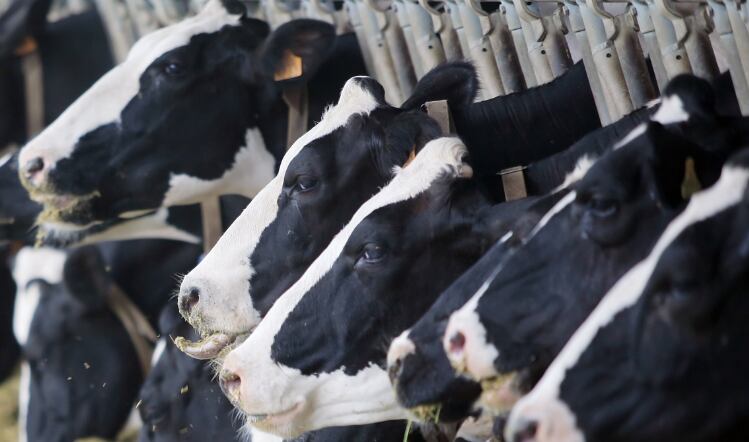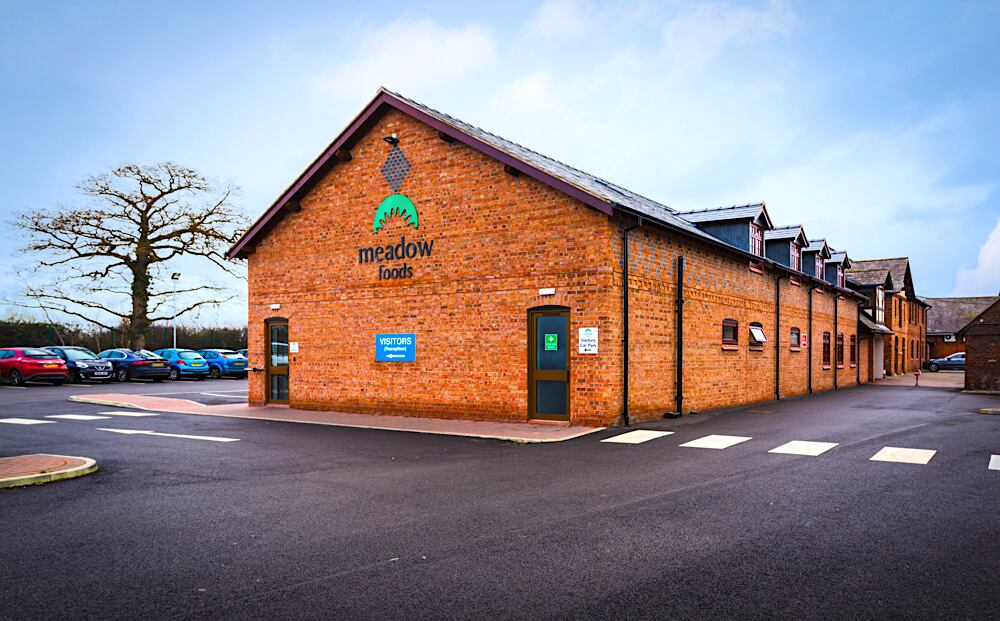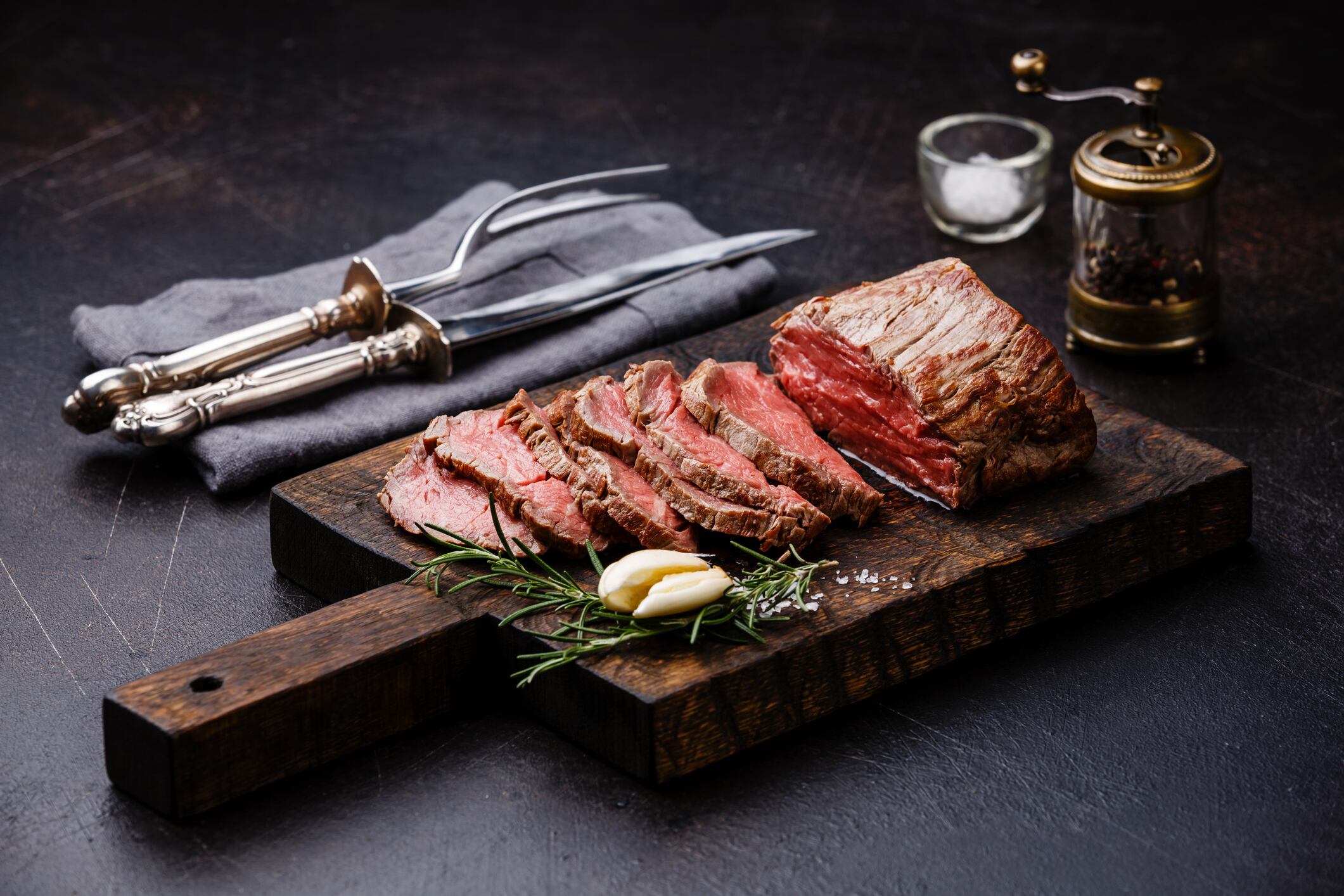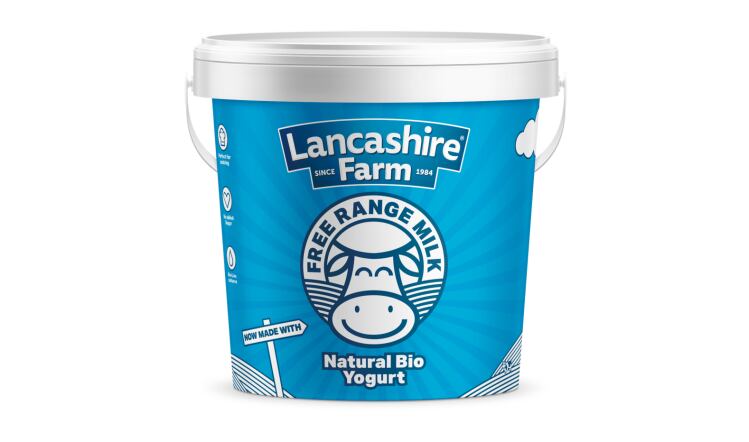Around 4,000 British dairy farmers have gone out of business in the last 10 years. Between changing consumer habits and ongoing Brexit uncertainty, the coming years will present a new set of challenges for the industry.
Changing diets
In 2020 we reach the deadline set by Public Health England (PHE) for the food industry to achieve a 20% sugar reduction compared to 2015 levels. According to PHE’s progress report, yogurt manufacturers are leading the way, with an overall reduction at the time of 10.3%.
However, in addition to alterations in product formulation, the dairy industry should also promote the ways in which consumers can reduce sugar intake at mealtimes. Natural yogurt can play a bigger role here, given that consumers can control what is blended and mixed with the yogurt.
Additionally, as functional food and gut health continues to drive food choices in today's consumer market, 2020 will see an increase in functional beverages and snacks. As consumers increasingly look for foods to support in fitness and nutritional goals, yogurt manufacturers in particular should capitalise on its nutritional benefits.
For example, yogurt has been found to reduce the risk of heart disease and osteoporosis, as well as aid in weight management.
Brexit
It was thought the UK would have exited the EU long before the start of 2020, but questions around if, how and when Brexit will happen continue to dominate headlines. The impact leaving the EU will have on the grocery market is yet to be seen, but there is a bigger question in terms of agriculture.
According to a report written by Dr Séan Rickard, former chief economist of the National Farmers’ Union, half of UK farms could go under following Brexit, as the Government would prioritise keeping food prices down for consumers rather than protect agricultural producers.
The report adds the EU and all the countries with whom it has free-trade agreements would immediately apply tariffs and non-tariff barriers on food imports from the UK in the event of a no-deal Brexit. At the same time, UK tariffs on imports would be slashed or reduced to nothing.
The UK government has said it will guarantee current funding levels for farmers up until 2022, but beyond that it is unclear if farming will have to compete for funding.
The plastics problem
The well-documented Blue Planet effect is making shoppers more aware of the amount of plastic packaging in their shopping baskets and unfortunately, yogurt pots are currently considered hard to recycle.
The recycling process within the food packaging sector is complicated due to strict regulations, as the recycling collection is so susceptible to contaminants, but the good news is a growing number of local authorities are now accepting empty yogurt pots for recycling.
Nevertheless, it is vital that in the coming years the dairy industry focusses on innovative ways to respond to the plastics problem.
There have already been some interesting examples reported, such as Nestlé Chile's yogurt container which now has a removable label that can be removed without leaving any residue, making it easier to recycle.
Growing focus on animal welfare
It was with great interest I read about the virtual reality project at a large dairy farm outside Russia’s capital, in which a simulation of a summer field is shown to cows via headsets specifically designed to fit their heads. The Moscow agriculture ministry cited research that happy cows produce more milk, stating “the quantity, and sometimes the quality of milk increases markedly in a calm atmosphere”.
While projects such as this cause some inevitable eye-rolling, it reflects changing consumer buying habits that will affect the dairy industry in the coming years. Animal welfare is playing an increasingly significant role in consumer decision-making, and while ‘free-range’ has not been traditional associated with the dairy industry, this sector should expect to be scrutinised for its treatment of animals in the same way as the meat industry.
At Lancashire Farm Dairies we concur with the Russian research; happy cows do indeed produce the best tasting milk. This, coupled with consumer concern, has led to our introduction of a Grazing Guarantee, which ensures cows are out grazing in the pastures for at least 150 days per year, allowing them to benefit from roaming the fields.
Not only does free-range milk improve animal welfare, farmers also benefit by saving on feed and bedding, as well as receiving a higher price for their milk.
Liquid processors
Negotiating this higher price will have more significance than ever as we head into 2020. With many liquid milk processors facing profitability or margin challenges, there is serious pressure on total milk volume within the total milk market. The liquid milk sector is on a knife-edge in terms of profitability, with net profit margins across the seven largest milk processors reportedly falling to just 0.14%.
It has been suggested that the low prices received by processors for their product has been instrumental to this situation, and if the situation remains unchanged milk shortages could become commonplace.
Processors must negotiate better deals now to avoid a future in which milk is so cheap that no-one can afford to make it.




